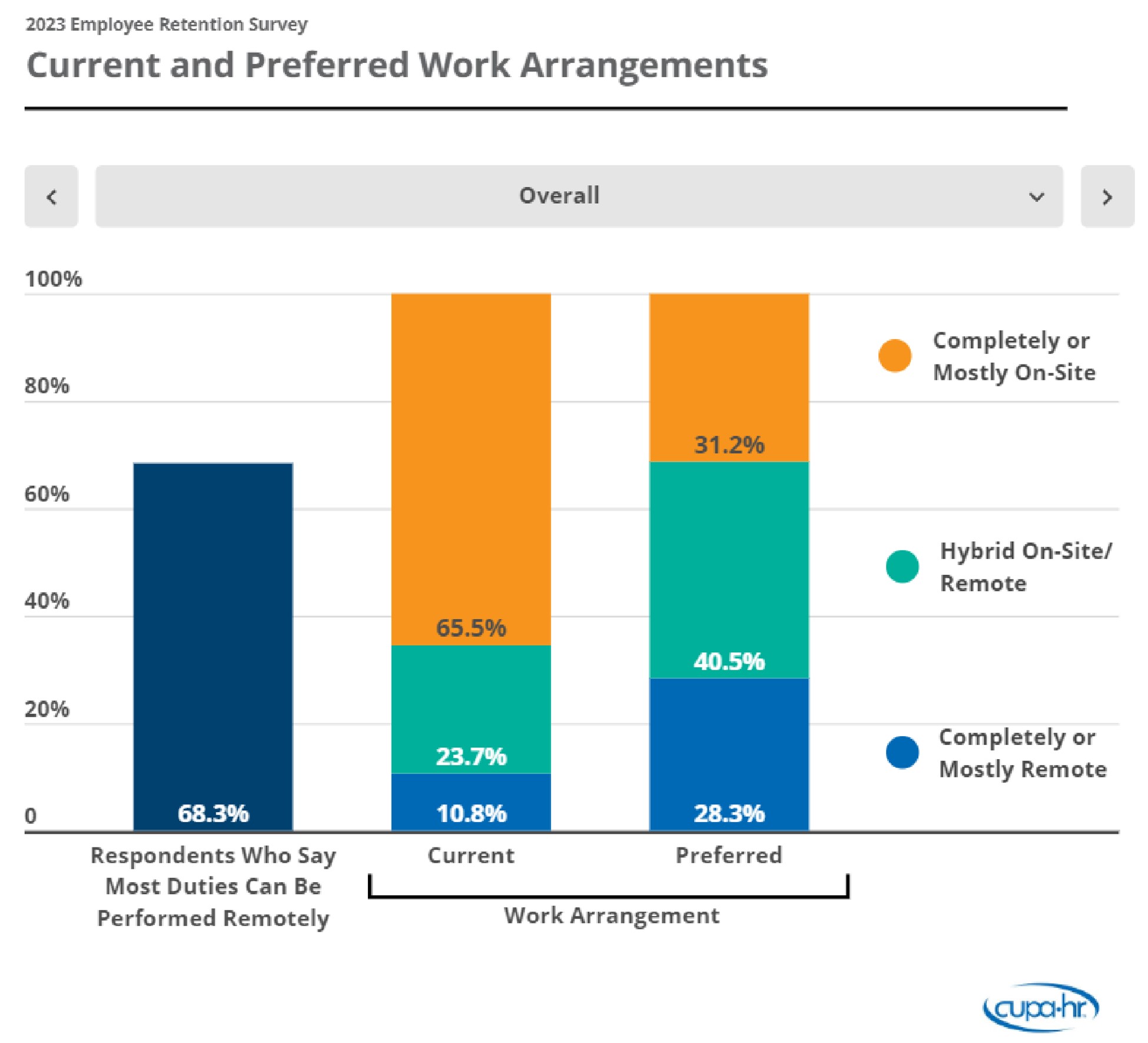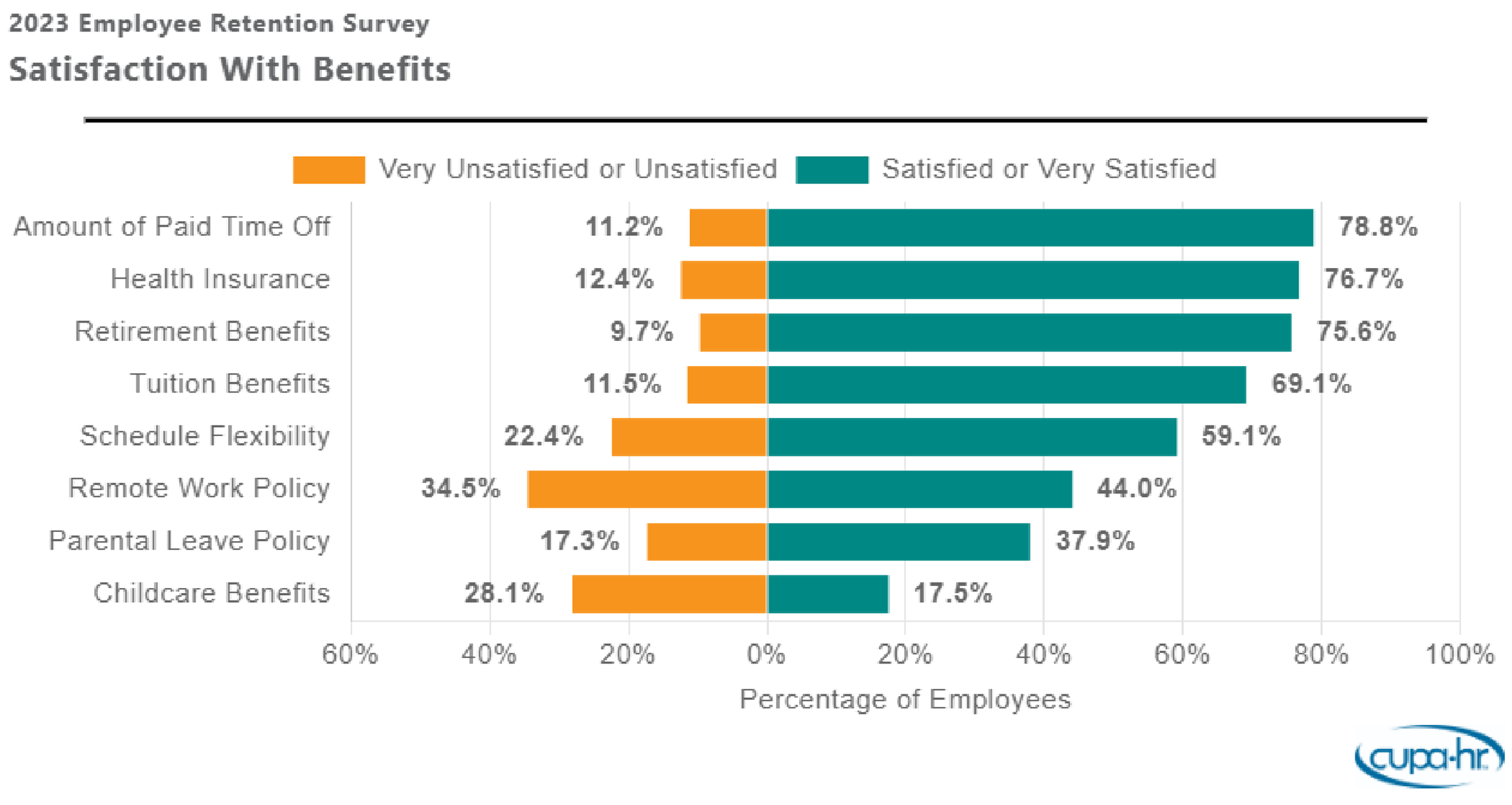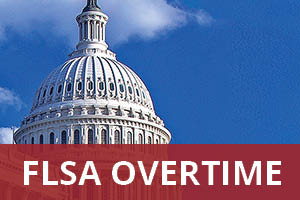The very next day, Dr. Nicole DelMastro-Jeffery, executive director for the DEI and Belonging office and Title IX coordinator at Richland Community College in Decatur, Illinois, was let go from her non-federal position.
In a sense, DelMastro-Jeffery’s story is familiar. State legislatures across the country have introduced and passed laws curbing DEI at educational institutions, even before Trump issued his order. Since then, a growing number of DEI offices have either shuttered or reorganized, and DEI-focused employees have been dismissed or had their roles changed.
But Illinois has no anti-DEI laws established, despite some competing bills introduced on the House and Senate floor. On February 7, State Sen. Andrew S. Chesney introduced SB2288, calling for the abolishment of DEI programs in departments of the state government. Conversely, on January 29, State Rep. Sonya M. Harper filed HR0077, a bill to affirm DEI programs in local, state, federal, educational and other institutions.
According to DelMastro-Jeffery, in early 2024 when the Biden-Harris administration issued a new Dear Colleague letter which expanded Title IX for the further protection of women and transgender individuals, Richland moved toward implementing those changes. However, by December 2024, she said that Richland “quickly rolled back to the 2020 legislation.”
“Ultimately,” she said, “Going back to 2020 legislative measures decreased protections, not only for transgender community members but women as well.”
For DelMastro-Jeffery, the institutional waffling between Title IX regulations was a red flag, one that should be heeded by other DEI professionals and institutions working to preserve their DEI programs.
“We have rarely considered the legal ramifications of separate laws and how their implementation and adjustments may in fact serve as awareness flags of next moves, like that of chess match players,” she said. “It is my belief that this federal injunction or swift rollback of expanded 2024 Title IX protections should have served as an immediate wakeup call to our DEI community.”
DelMastro-Jeffery arrived at Richland fresh off an internship with the Biden-Harris administration. She said she was thrilled at the chance to apply all she had learned to a rural college environment. Her dismissal, she said, “felt like a triple backlash to both my former public service work, status as a woman of color in higher education, and DEI executive leader.”
Paulette Granberry Russell, CEO and president of the National Association of Diversity Officers in Higher Education (NADOHE), said the attacks on DEI, including Trump’s order, have continued to demonize it, stripping all meaning from the acronym. She intentionally uses the words “diversity, equity, and inclusion,” instead of DEI.
 Paulette Granberry Russell, CEO and president of NADOHE.
Paulette Granberry Russell, CEO and president of NADOHE.
The misinformation disseminated through anti-DEI laws and orders have produced significant misunderstanding in the public sphere, “that somehow efforts associated with advancing diversity, equity, and inclusion is unlawful. That is not the case,” said Granberry Russell.
“We’re seeing what I often refer to as a ‘chilling effect,’ where institutions are preemptively scaling back diversity, equity, and inclusion efforts due to political pressure or fear of litigation,” said Granberry Russell.
NADOHE is the lead plaintiff in a federal lawsuit filed by Democracy Forward, a national legal organization of litigators, policy makers, regulators and public educators working to advance democracy. The suit was filed against the Trump Administration in early February calling Trump’s attack on DEI unconstitutional.
Granberry Russell acknowledged that, since the legislation and executive order, many DEI officers and employees have lost their roles. But she does not know how many, as there is no national database tracking these changes.
DelMastro-Jeffery said “this experience has illuminated, for me, the intersection between gender, leadership values, and the importance of pressing on.”
She continued, “Amid the growing dismissal of DEI programming, now diluted to words on a website, we would be negligent to forget the value of diversity and how the world, including systems of education, thrives on it.”
Richland leadership did not respond to requests for comment. Their website still hosts a page for Diversity, Equity, Inclusion, Belonging and Accessibility, which affirms these as a “core institutional value.”







 But while pay is the top concern mentioned by employees, retention challenges are more complex.
But while pay is the top concern mentioned by employees, retention challenges are more complex.

